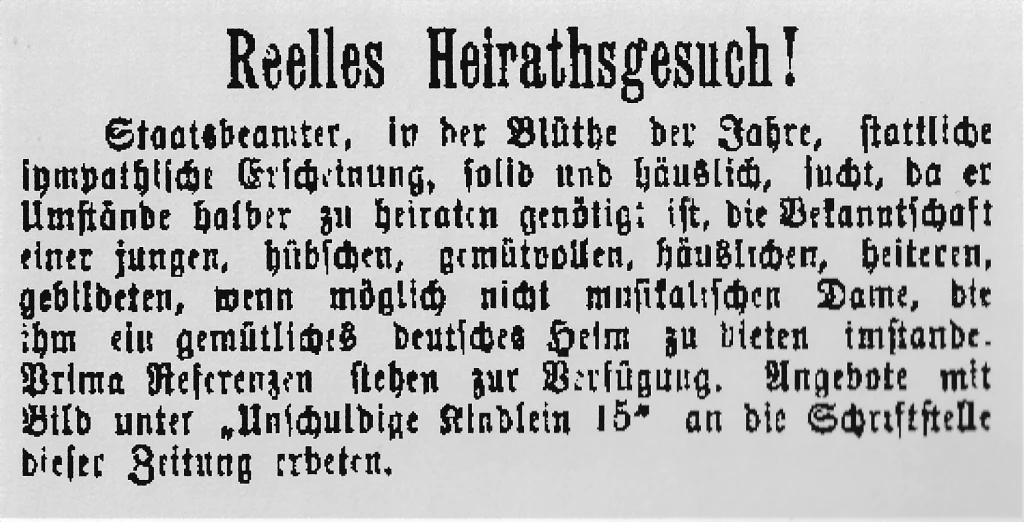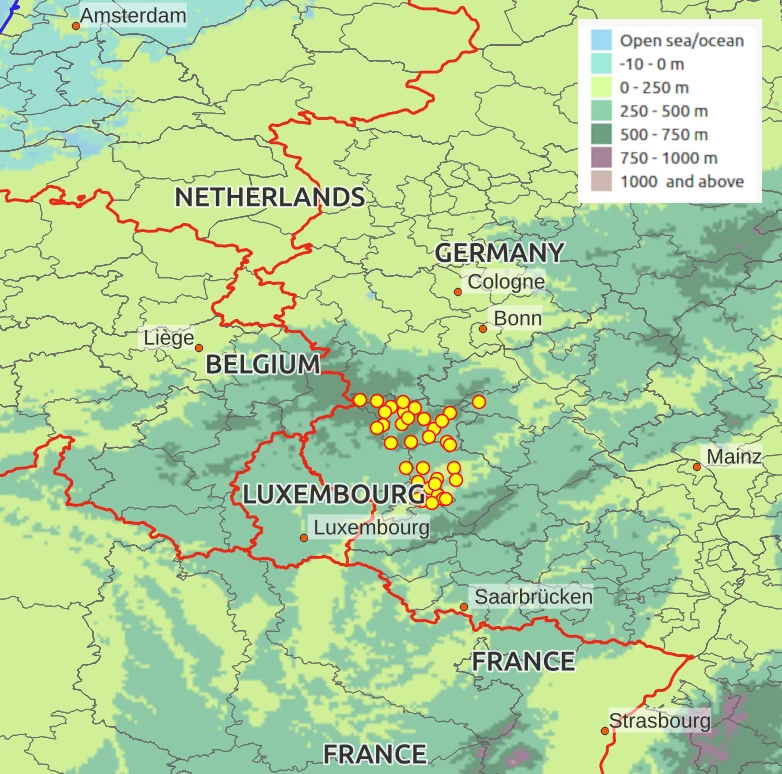The group of posts which come under the generic heading of “Eifel” is about weddings in the Eifel between 1800 and 1935. The purpose is to contribute to the statistics and geography of weddings in the region in a broader sense, and hopefully identify some generic patterns and trends. It is specifically not about genealogy, even if in many instances friendly genealogists have helped locate places the spouses came from.
This is very much “work in progress” as posts are created and regularly updated in parallel with the analyses.

A word about the origin of the “project”: like so many other people, I do have an intermittent interest in genealogy. When in dormant phase (i.e. most of the time) I nevertheless record and document information which I chance on, or which is shared with me by friendly (and more active) genealogists who know my interest in specific names (Gommes, Jommes, Lejoly) and locations (Belgian and German Eifel, Luxembourg). I then insert the data into the current draft of my “Family history”, pending a more formal and systematic revision, which I will do “later”.
At the end of January 2022, I did a routine internet search on my names of interest and discovered an “unknown” Gommes (Peter) from Hollnich who married in Wallersheim in 1803. The most interesting discovery, however, was the unassuming website of Karl-Josef Tonner (KJT) whis is a treasure trove on Eifel weddings1. As a retired scientist with a interest in spatial data, I was hooked immediately. I downloaded all the data I could from about 35 locations with the intent of starting to map and to graph.
This was, as I mentioned, at the end of January 2022. I had assumed that one of the German coordinate databases could be crossed with Karl-Josef Tonner’s files and that I would be “mapping and graphing” in no time. Problems surfaced immediately due to misspelled locality names (a common occurrence in all archives!), inadequate coordinate databases (e.g. coordinates giving the geographic centre of postal districts rather than those of localities) and, more than anything else, the fact that most of the spouses came from micro-places that occur in no database at all. Indeed, there are many places whose only mention in the global internet is … KJ Tonner’ s website.
Needless to say, I started exchanging emails with Karl-Josef Tonner in February 2022 and he was extremely helpful in identifying some localities. Altogether, I have spent about one year (i.e. up to February 2023) “standardising” place names and assigning them coordinates. Many places, even not misspelled ones, could not be located. I have frequently spent several days trying to locate a place. Click here for the relatively simple example of Korneshütte.
In addition to presenting actual results, this series of posts will describe the features of the databases, under sections that are yet to be defined. And in line with the “random” approach of this blog, will include several “anecdotal” or “curious” issues, sometimes unrelated with the project but still within the three classical unities of action, time, and place!
Overview map:

This Eifel project has another objective: collecting comments from knowledgeable Eifelers with a view of formally writing up and publishing this study; it is a call for co-authors with a background in Eifel history, demography, sociology… Contact me through the contact form of the blog if interested! I can communicate in French, German and English.
René Gommes
Camagna Monferrato, Italy
- Peter is the only Gommes among 120000 spouses – 60000 weddings – I downloaded from the KJT site. There are 5 Grommes, 35 Hommes, and not one of Jommes, Jommens, Jongmens, Jungmans. There are also 228 Heinen, which is the original name of the Gommeses, distributed in North Rhine-Westphalia (65.3%) and Rhineland-Palatinate (12.3%) according to Stöpel[↩]